

Uh oh...
It appears that you're using a severely outdated version of Safari on Windows. Many features won't work correctly, and functionality can't be guaranteed. Please try viewing this website in Edge, Mozilla, Chrome, or another modern browser. Sorry for any inconvenience this may have caused!
Read More about this safari issue.
Processed with VSCO with al3 preset

Leading lines are elements within a photograph that naturally guide the viewer’s eye toward the main subject or a point of interest. These lines can be actual lines, shapes, or patterns that create a visual pathway through the image. By incorporating leading lines into your composition, you can add depth, visual interest and a sense of movement to your photographs.
Here are some key considerations when working with leading lines:
Finding Leading Lines
Leading lines can be found in various elements within your scene. Look for roads, pathways, railings, fences, rivers, bridges, tree branches or even a row of buildings. These lines can be straight, curved, diagonal or converging. Experiment and explore your surroundings to identify potential leading lines that can enhance your composition.
Guiding the Viewer
The primary purpose of leading lines is to direct the viewer’s gaze toward the main subject or a specific point of interest within the frame. The lines act as visual cues that help the viewer navigate through the image and engage with the composition. They create a sense of flow and guide the eye toward the intended focal point, adding coherence and impact to your photographs.
Creating Depth and Perspective
Leading lines have the power to create a sense of depth and perspective in your images. As the lines recede into the distance, they give the impression of three-dimensional space, drawing the viewer deeper into the scene. This can add a dynamic element to your composition and make the photograph more immersive and visually compelling.
Adding Movement and Energy
Lines have a natural ability to convey a sense of movement and energy within a photograph. Diagonal lines, for example, can create a dynamic and energetic feeling, while curved lines can provide a more graceful and flowing sensation. Utilize these lines strategically to evoke the desired mood or atmosphere in your images.
Compositional Placement
When incorporating leading lines, consider how they interact with other elements in the frame. Experiment with different placements and angles to achieve the most effective composition. You can position the lines from the corners to draw the viewer’s attention toward the subject, or you can use converging lines to create a strong sense of perspective and depth.
Context and Storytelling
Leading lines can also serve as visual elements that provide context and contribute to the storytelling aspect of your photographs. For example, a winding road leading into the distance can evoke a sense of adventure or journey, while train tracks disappearing into the horizon can convey a sense of departure or mystery. Consider the narrative you want to convey and how leading lines can support that story.
Remember, leading lines should complement and enhance the main subject or point of interest in your composition, rather than detracting from it. Pay attention to how the lines interact with other elements in the frame and strive for a harmonious balance in your composition.
By incorporating leading lines effectively, you can create visually engaging and dynamic photographs that lead the viewer’s eye and communicate your artistic vision more effectively.
*Fun fact: all of the photos in this post were taken with an iPhone! Great photos can be made with whatever you have in hand. 🙂
Find the rest of the Photography Series with Ashel here!

We do the work.
You check your email.
Sign up for our weekly e-news.
Get stories sent straight to your inbox!











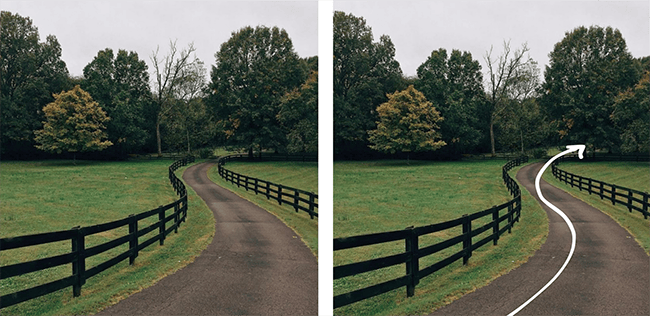
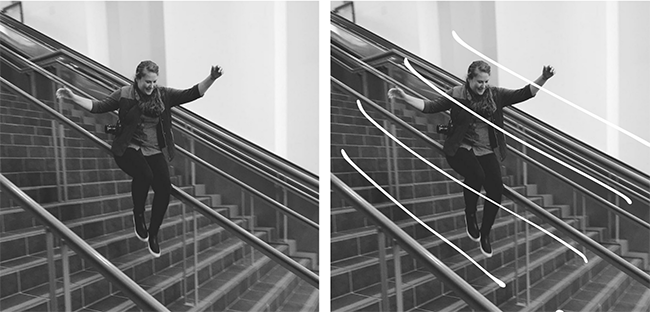



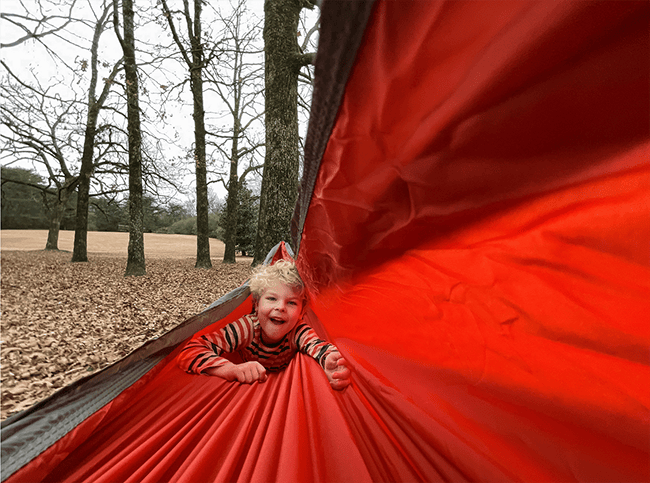
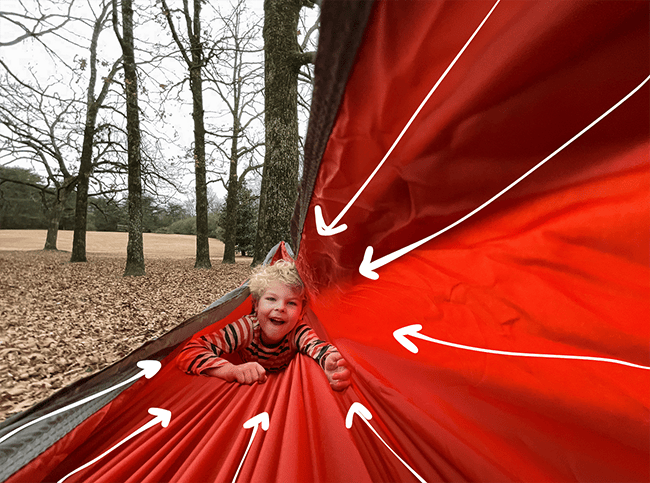



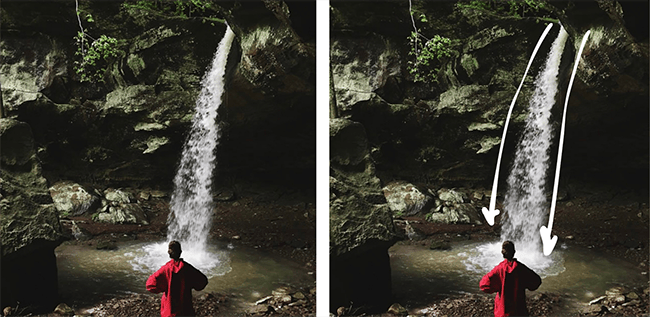



Like this story? Read more from Ashel Parsons
Silhouette photography is a captivating technique that allows...
Many men and women dream of that day that they get to say “I Do” to...
Angles in photography refer to the position from which a photographer...
Join the Conversation
Leave a Comment